Vinh Phuc College of Technology was established in 2024 on the basis of merging Vinh Phuc Vocational College into Vinh Phuc College of Economics and Technology and changed its name to Vinh Phuc College of Technology and Engineering.
The school is a multi-disciplinary, multi-level public vocational education institution, with the function and task of training and fostering human resources at college level and lower levels in the fields of engineering, technology, agriculture , construction, economics, services...
With the long tradition of the two schools before the merger, up to now, Vinh Phuc College of Engineering and Technology has gradually affirmed its reputation for training quality to learners, businesses, people in the province and neighboring provinces;
Training quality has passed three level 3 quality assessments and has been granted a Certificate of meeting the quality assessment standards of vocational training institutions by the Institute of Training and Human Resources Development.
Currently, the school has 17 faculties, functional departments, 1 affiliated center with a total of nearly 400 staff, teachers, and employees, training nearly 60 professions at 6 locations in the province, a total land area of nearly 18 hectares, and an annual training scale of over 9,000 students at all levels.
With the goal of building and developing Vinh Phuc College of Technology into a key high-quality vocational education institution of the province in the period of 2025-2030;
By 2035, it aims to become a high-quality training center of the region, with a number of key high-quality occupations recognized by advanced countries in the ASEAN region and internationally, contributing to meeting the demand for high-quality human resources for the socio-economic development of the province and the country.
In the coming time, the province will focus on directing functional sectors and related units to guide and support Vinh Phuc College of Engineering and Technology to review and evaluate the effectiveness of existing industries and occupations, thereby eliminating or adjusting industries and occupations that are no longer suitable.
At the same time, research business needs, technology development trends and local economies to open new industries and occupations that are close to the practical needs of the labor market, especially in areas with high-quality human resource needs such as AI technology and the semiconductor industry.
Focus on developing 11 key industries and occupations, including: 06 international-level industries and occupations (Electrical and electronic engineering technology; Mechanical engineering technology; Industrial electricity; Metal cutting; Information technology - Software application; Industrial electronics);
ASEAN region: 02 industries (Refrigeration and air conditioning engineering; Automotive technology); National: 03 industries (Communications and computer networks; Engineering technology and automatic control; Computer repair and assembly engineering);
Research and invest in opening new industry codes including: Semiconductor technology; Artificial intelligence; Foreign languages (Chinese, English, Korean, Japanese); Beauty care...
Build and develop training programs in an open, modern, and flexible manner that meets the requirements of businesses and the labor market; ensure updates on scientific and technical advances and business production practices of businesses.
Along with that, increase investment in facilities serving teaching and learning in a synchronous and modern direction; increase the addition of information technology infrastructure and training equipment to replace old, technologically outdated equipment.
Training, fostering, and recruiting additional vocational education teachers and managers to ensure sufficient quantity, consistent training structure, and standards in professional knowledge, pedagogical skills, and vocational skills. Focus on key industries and occupations that meet ASEAN and world standards.
Standardize the management staff by focusing on management skills, administration, innovation, digital skills and foreign language proficiency to meet international integration, and send teachers to participate in training courses in the fields of semiconductors and AI technology.
Signing training order contracts according to business needs, cooperation contracts for recruiting workers after training for suitable industries and occupations; inviting businesses to participate in the process of assessing training quality, evaluating vocational skills and building output standards to ensure objectivity and transparency...
Source: http://baovinhphuc.com.vn/Multimedia/Images/Id/130267/Tap-trung-phat-trien-Truong-Cao-dang-Ky-thuat---Cong-nghe-Vinh-Phuc-thanh-truong-chat-luong-cao


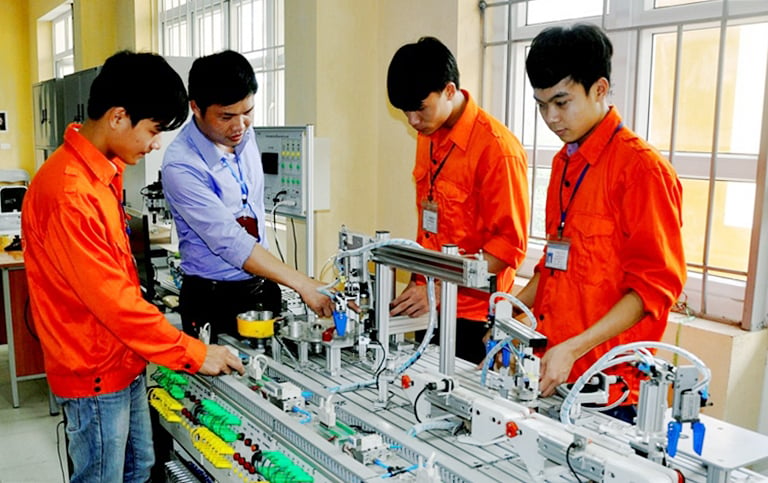






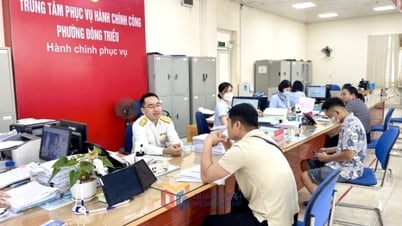

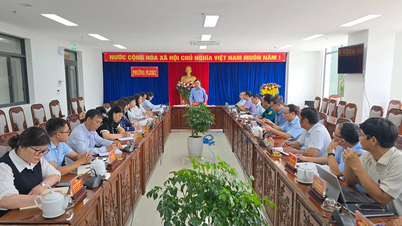



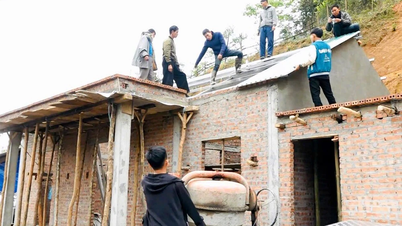

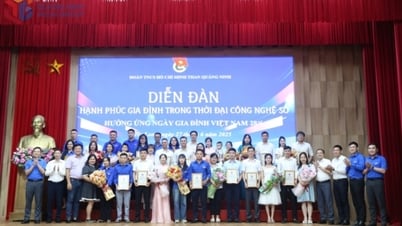
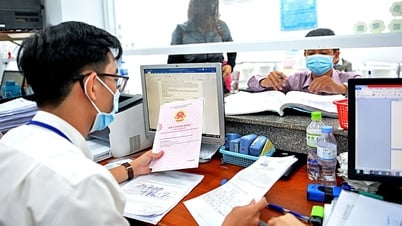






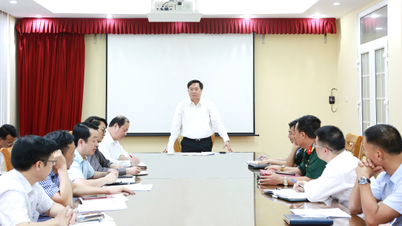







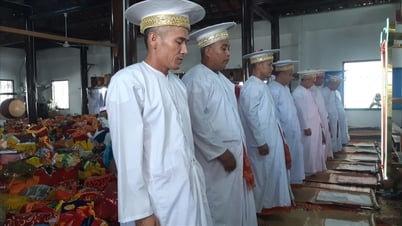

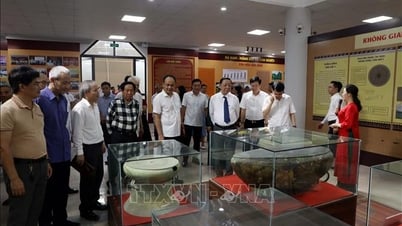



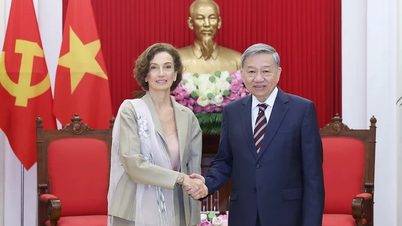





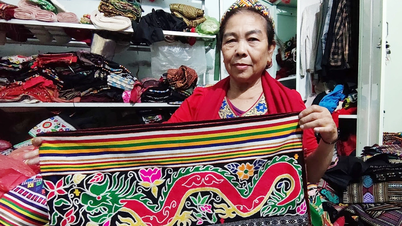






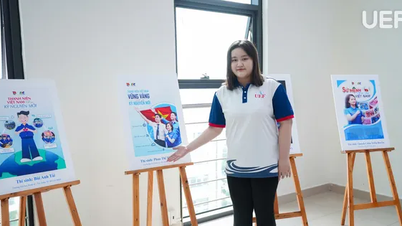


















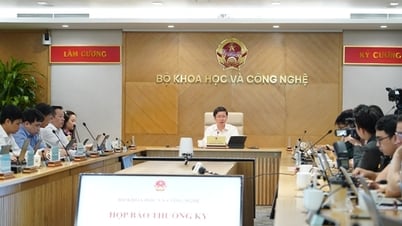



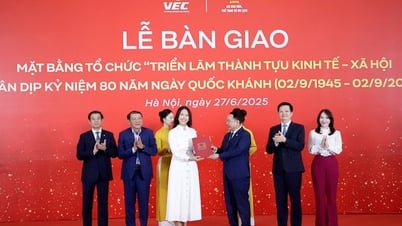


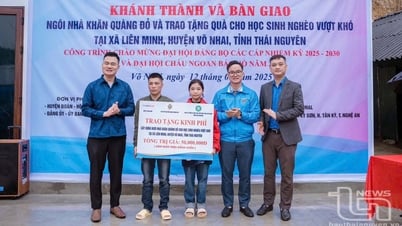

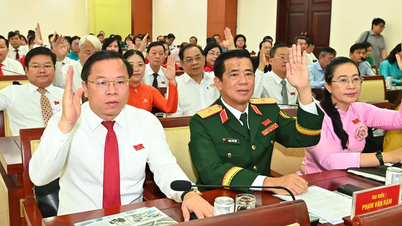
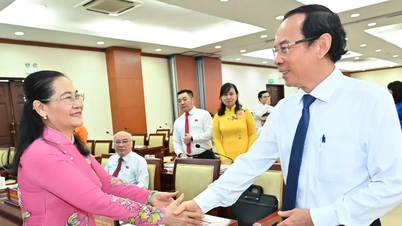
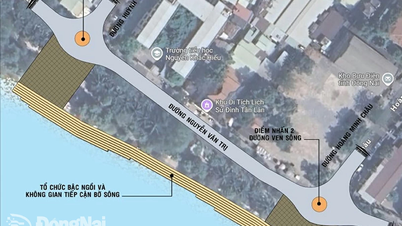

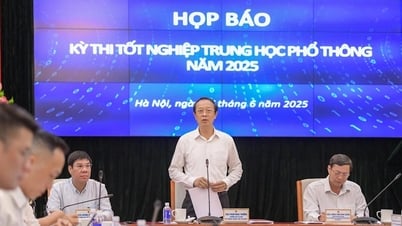


















Comment (0)